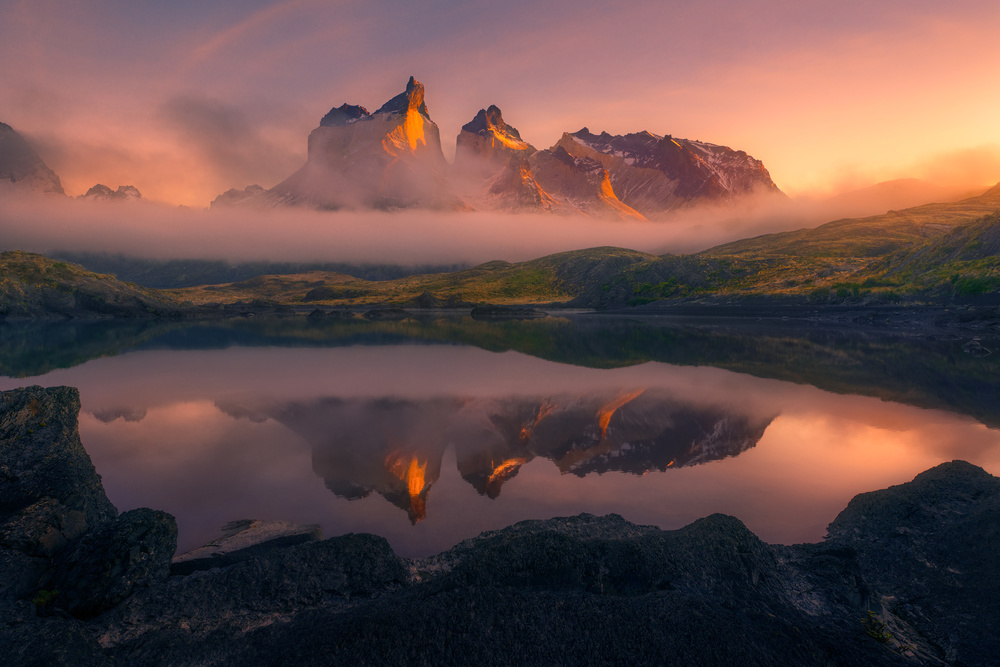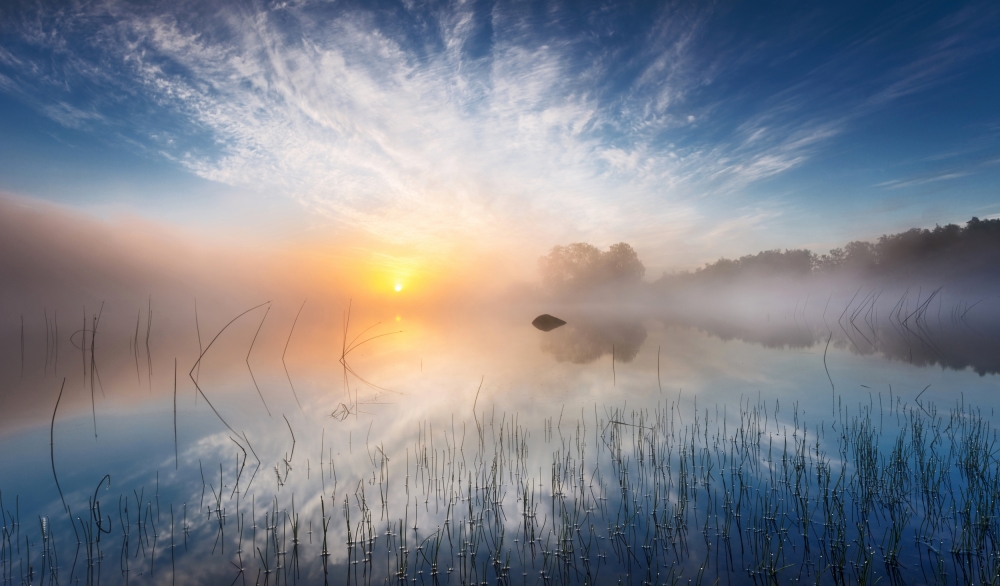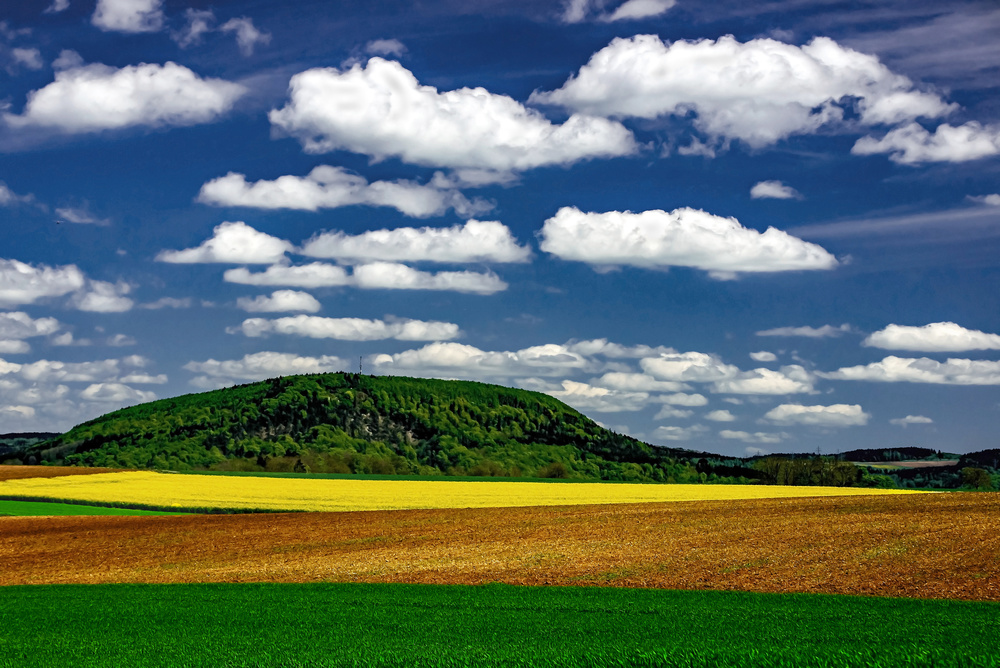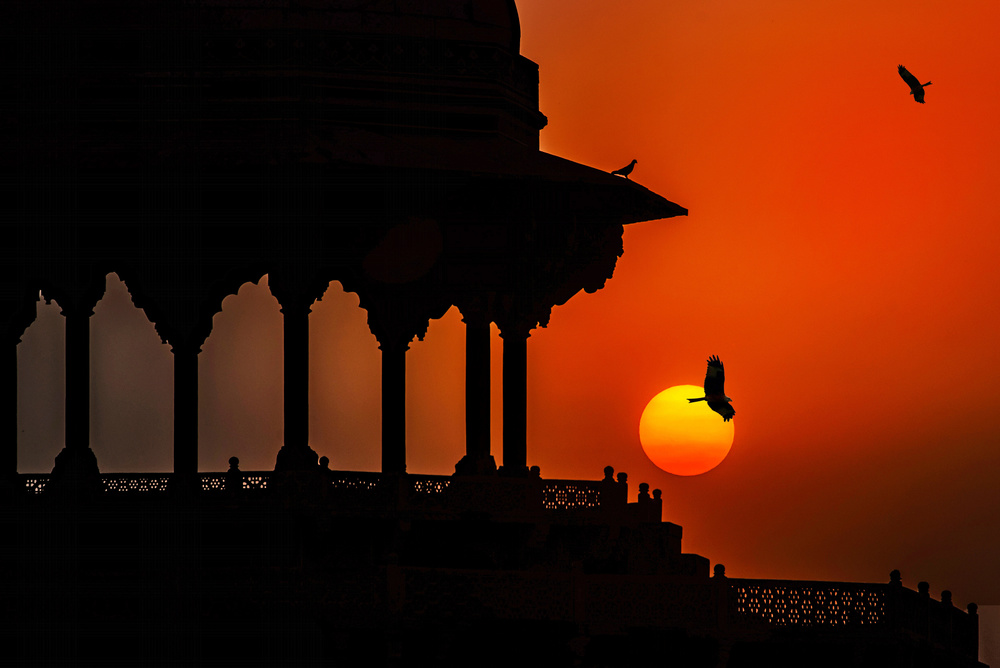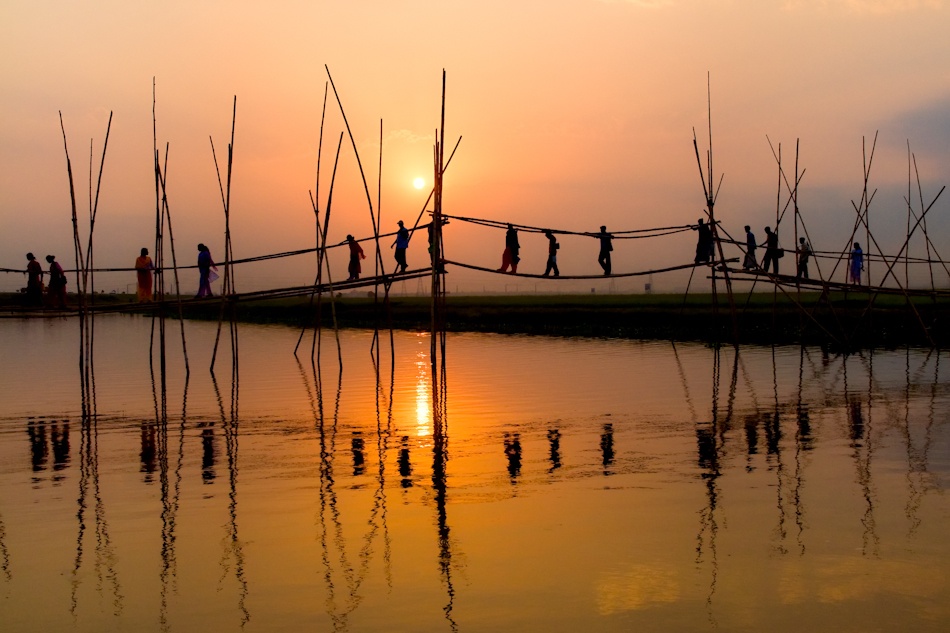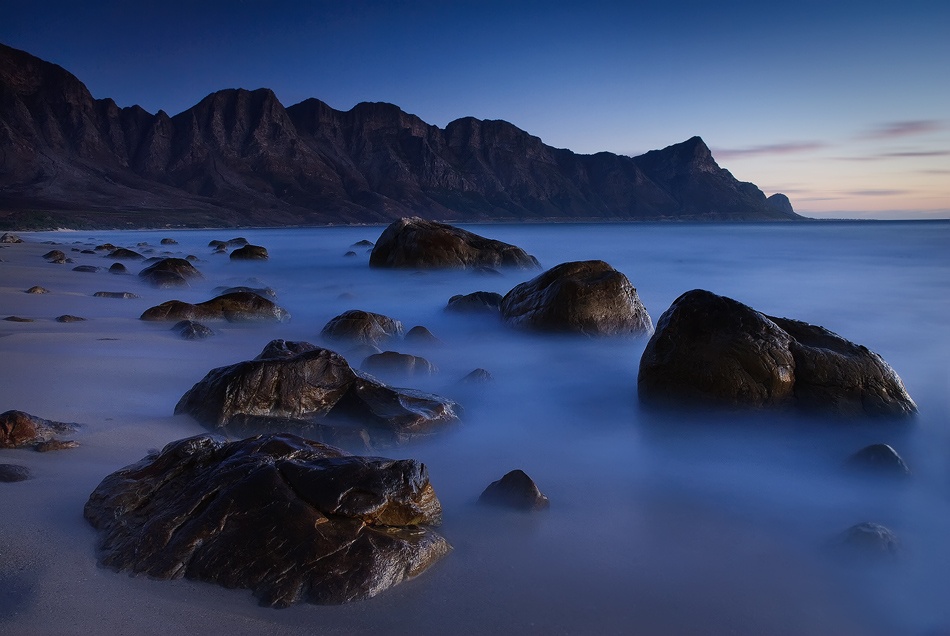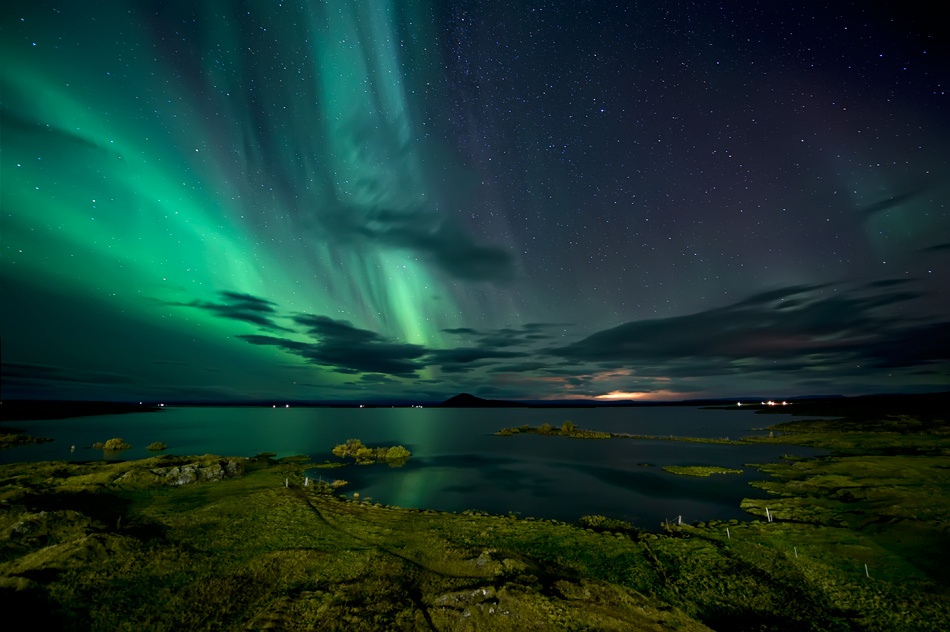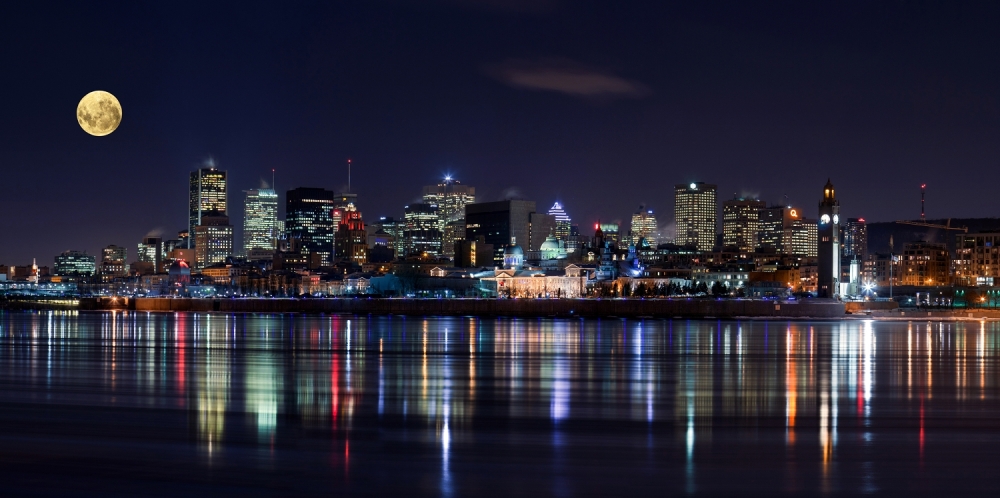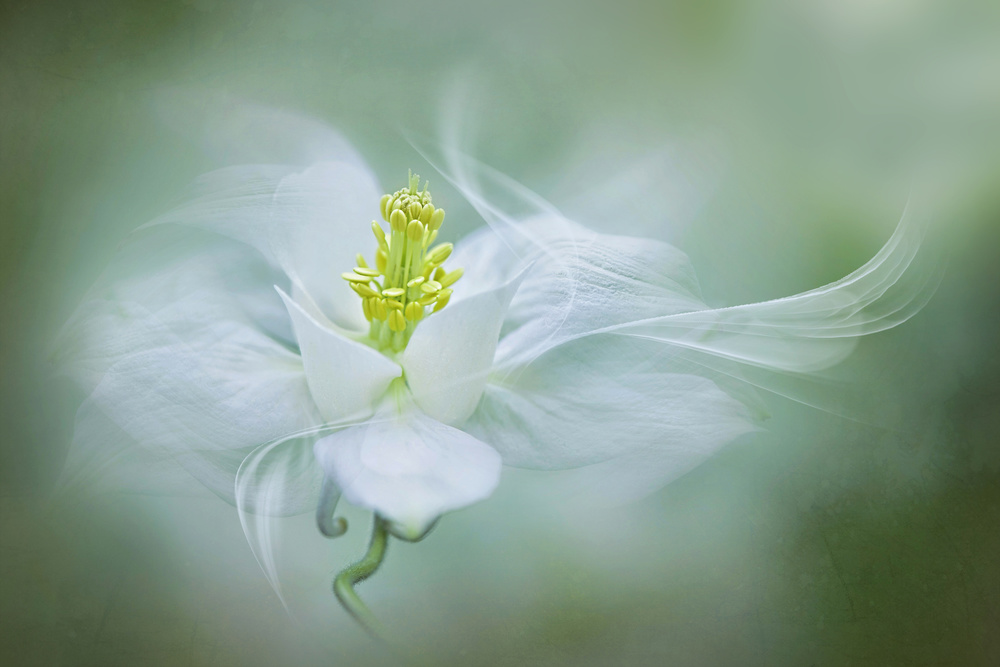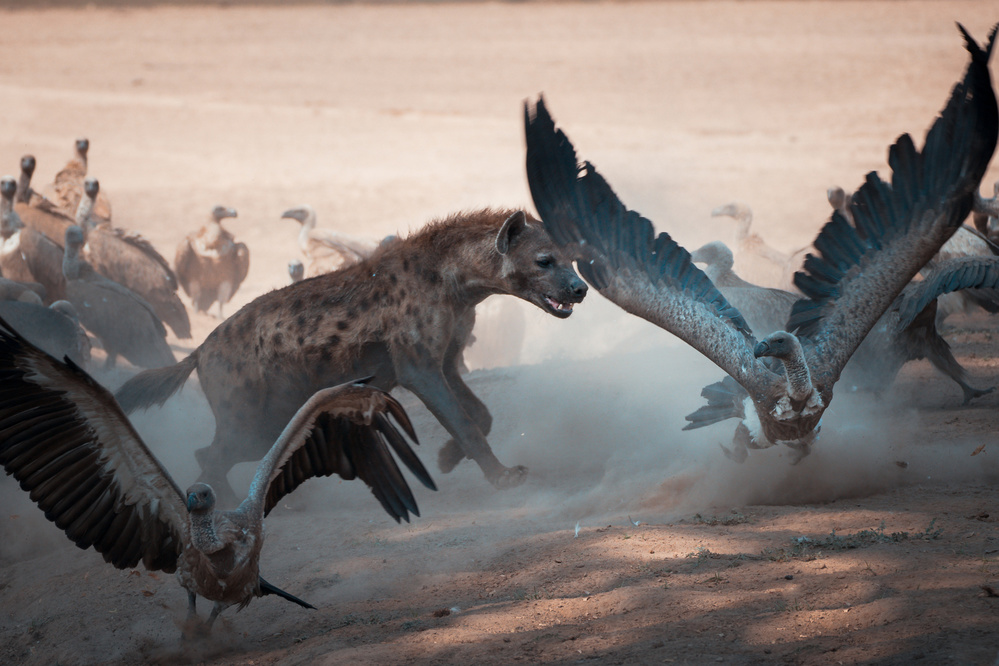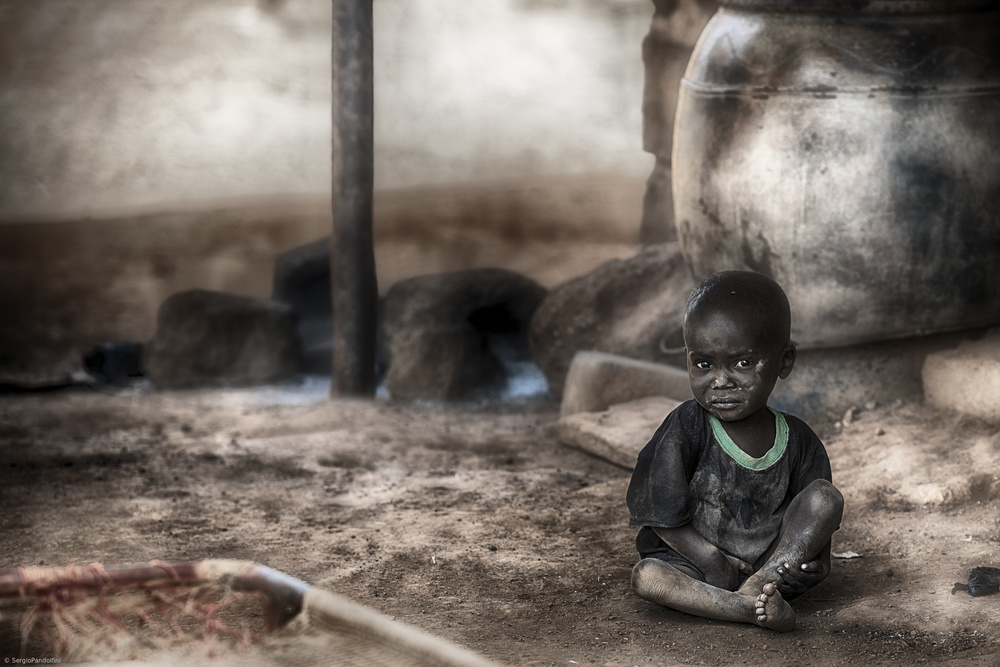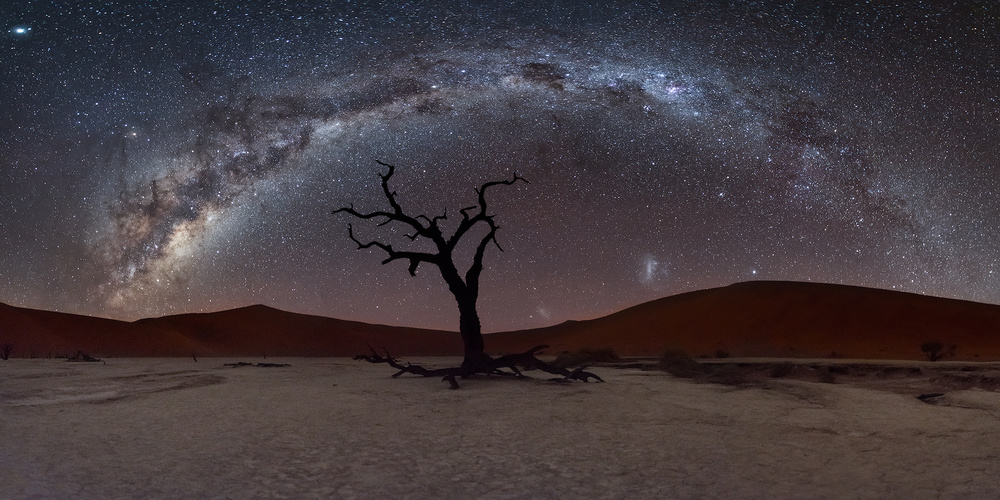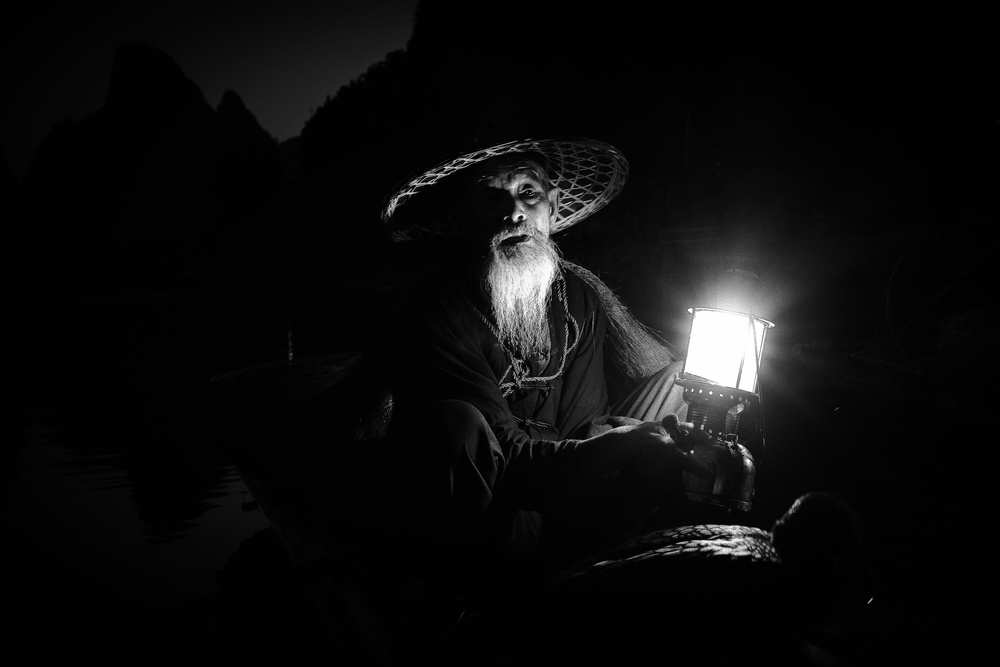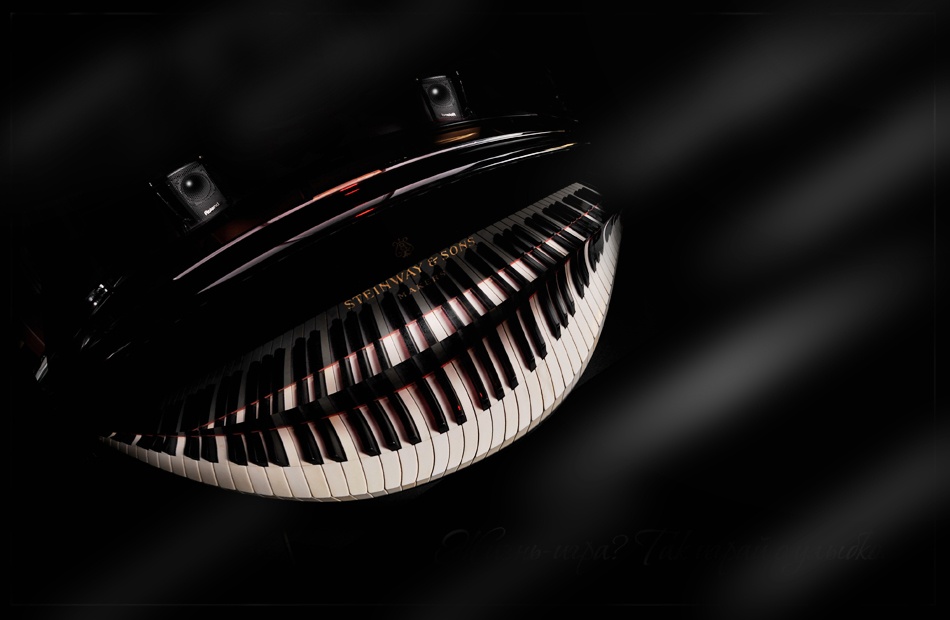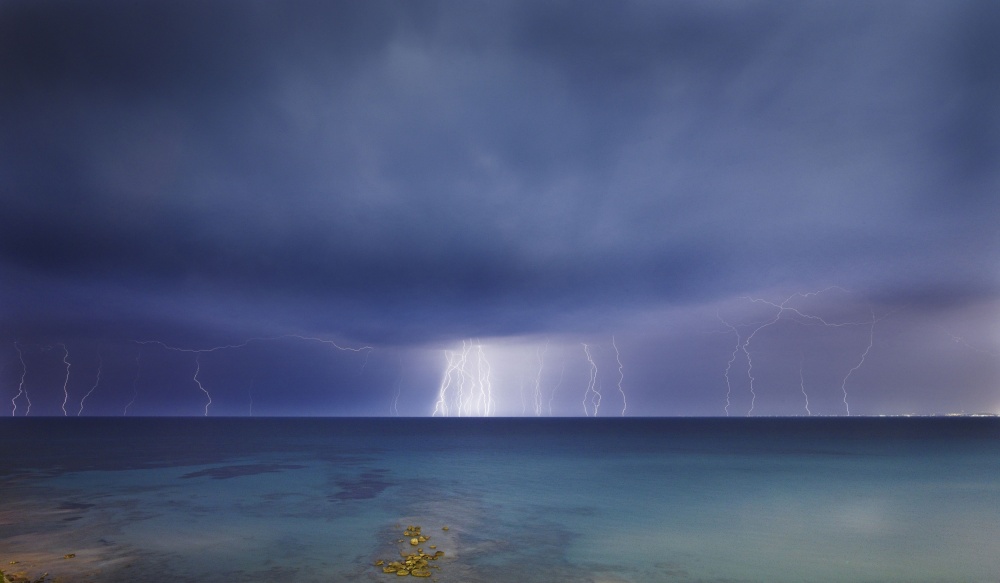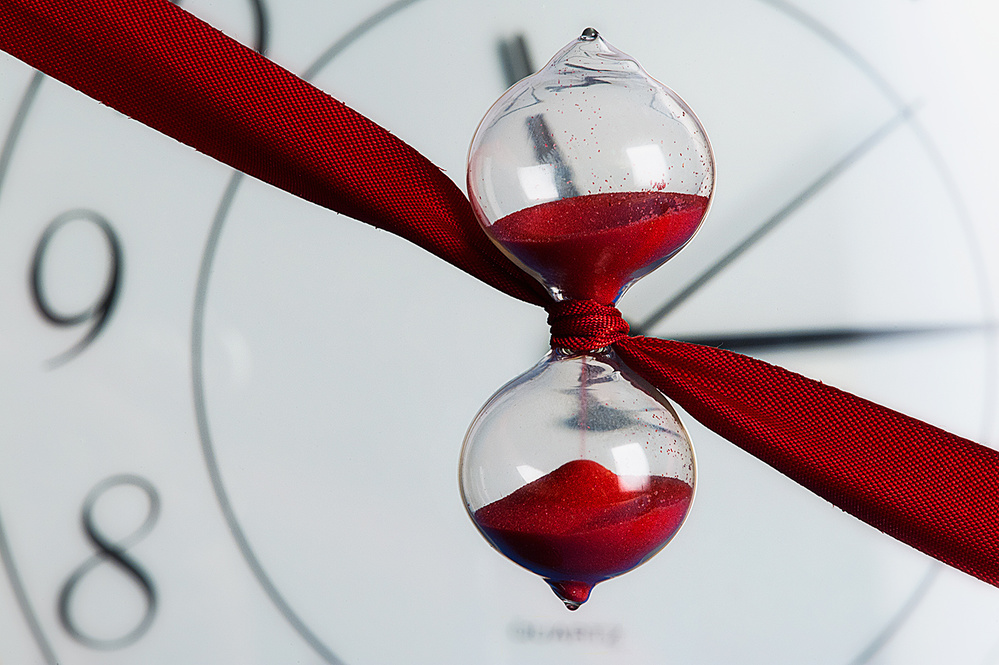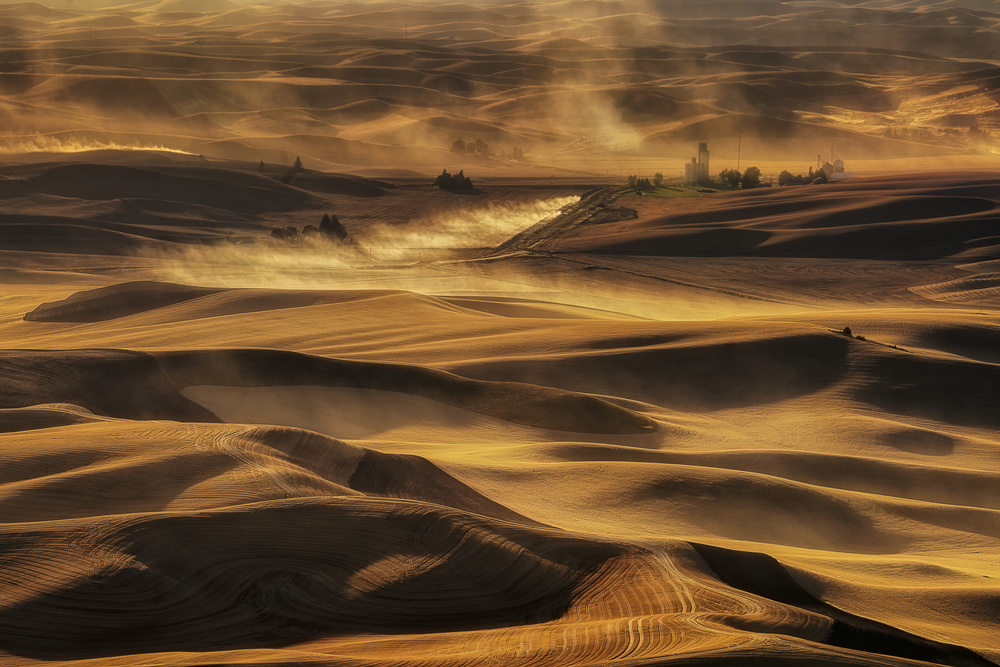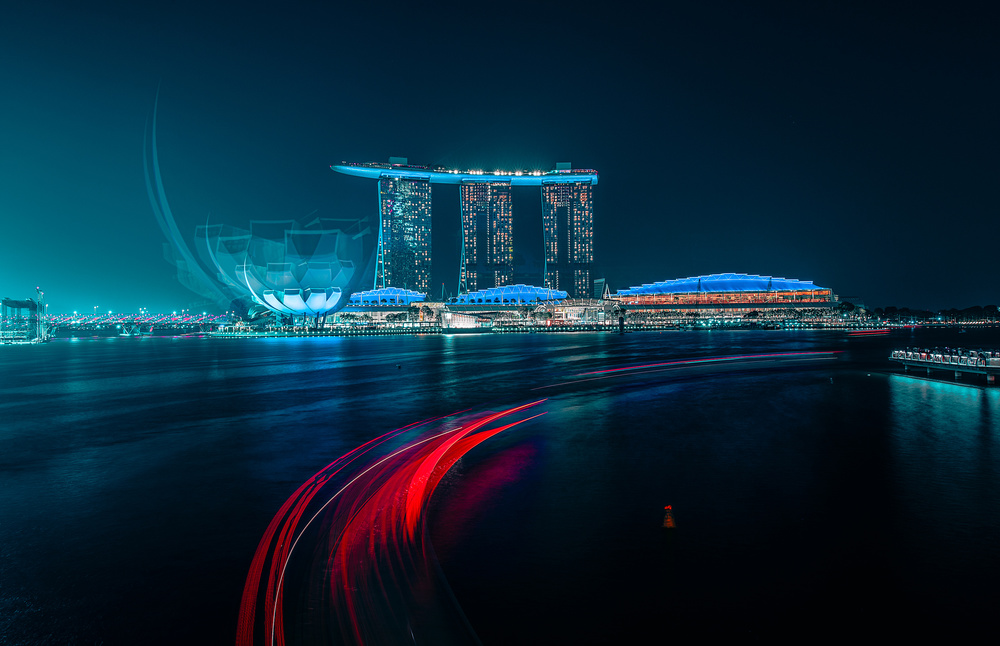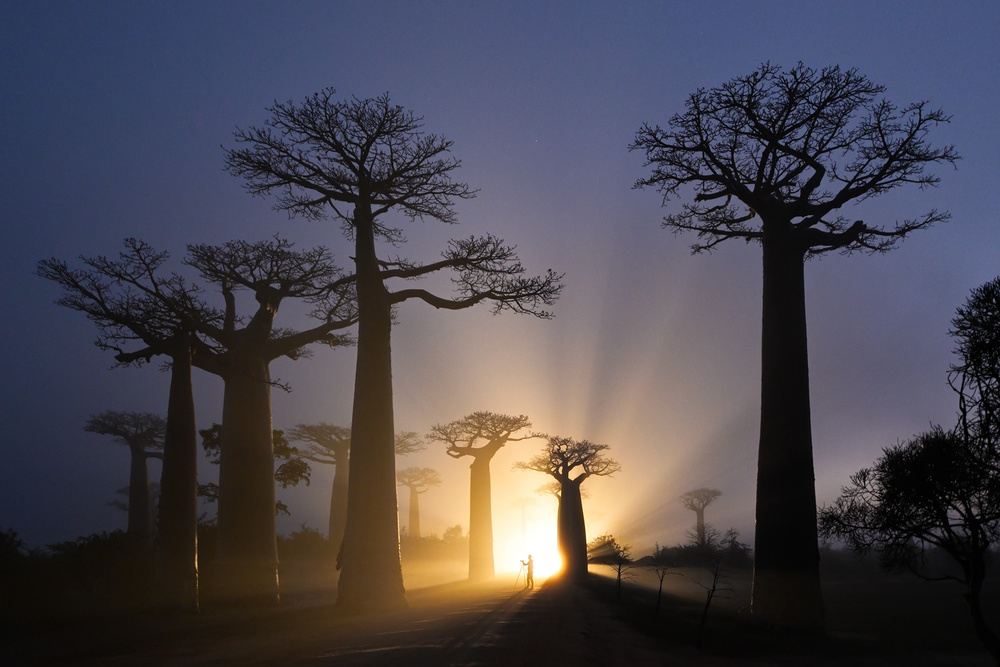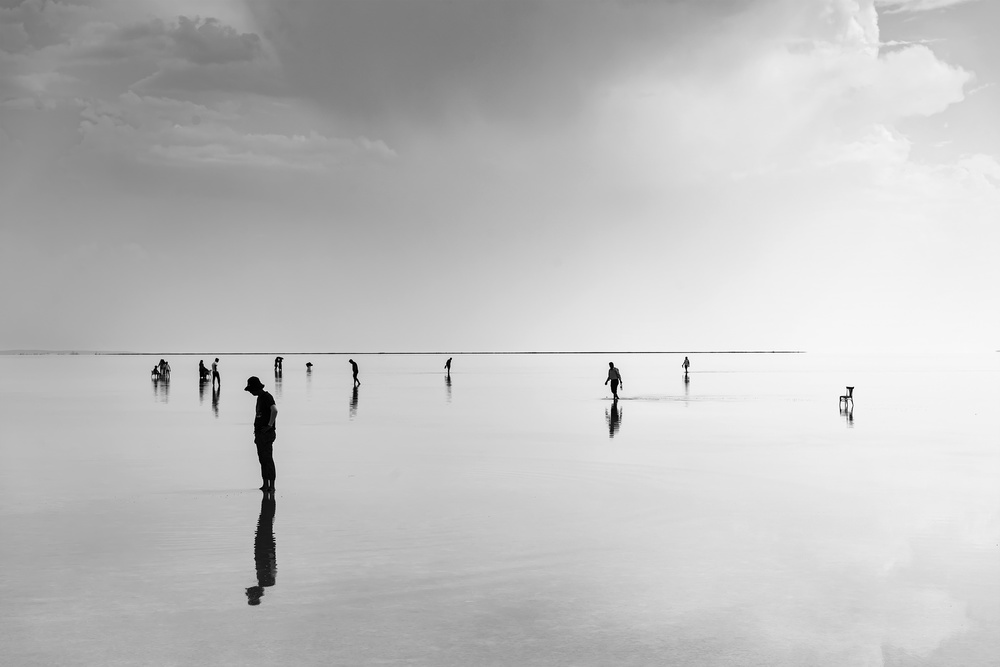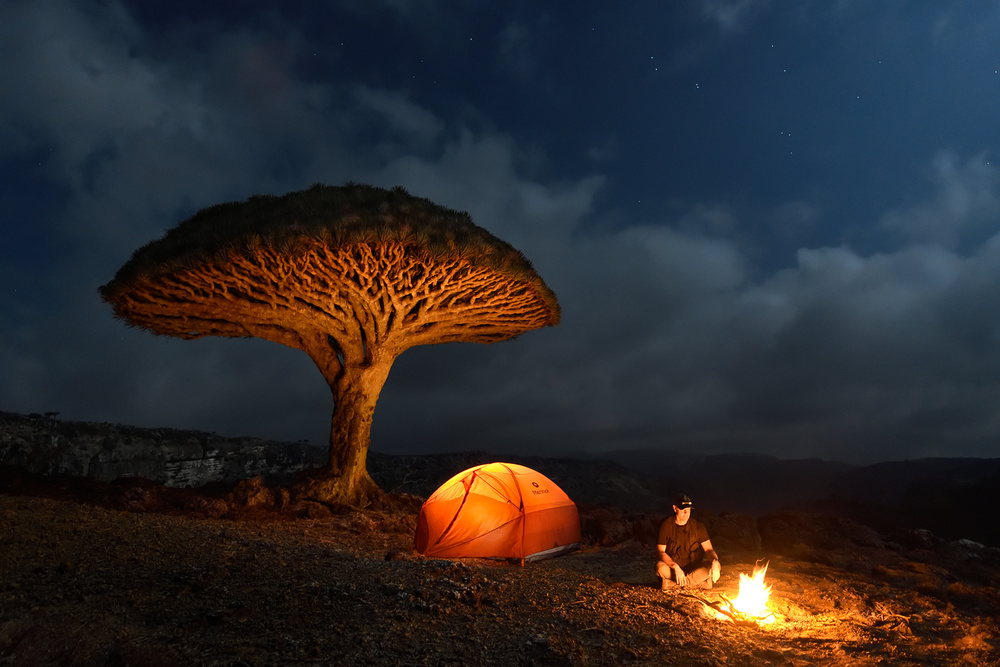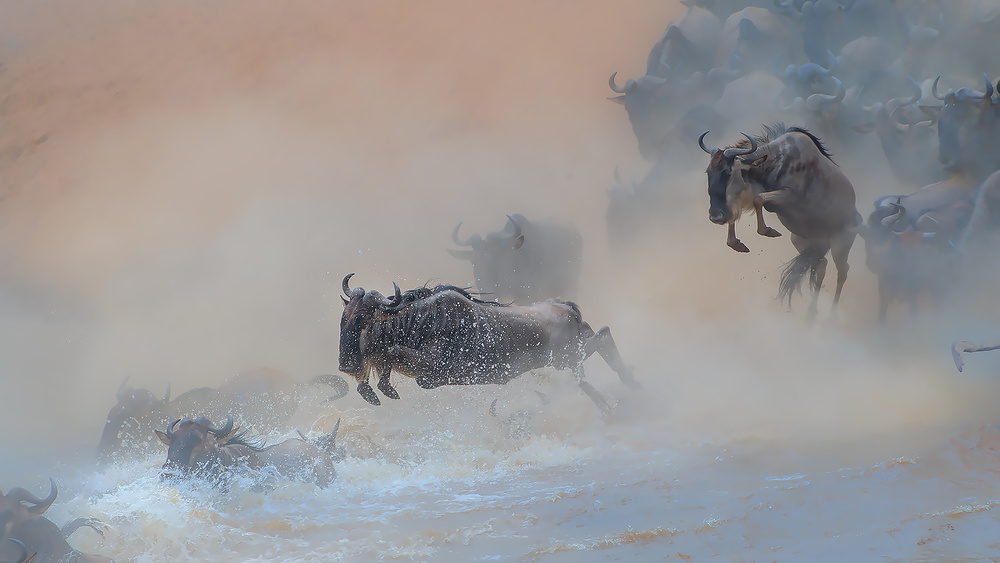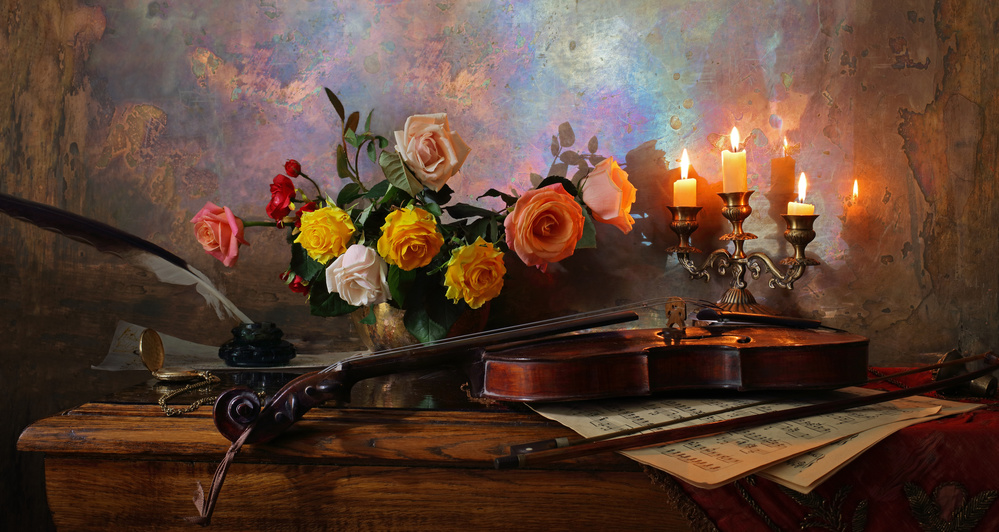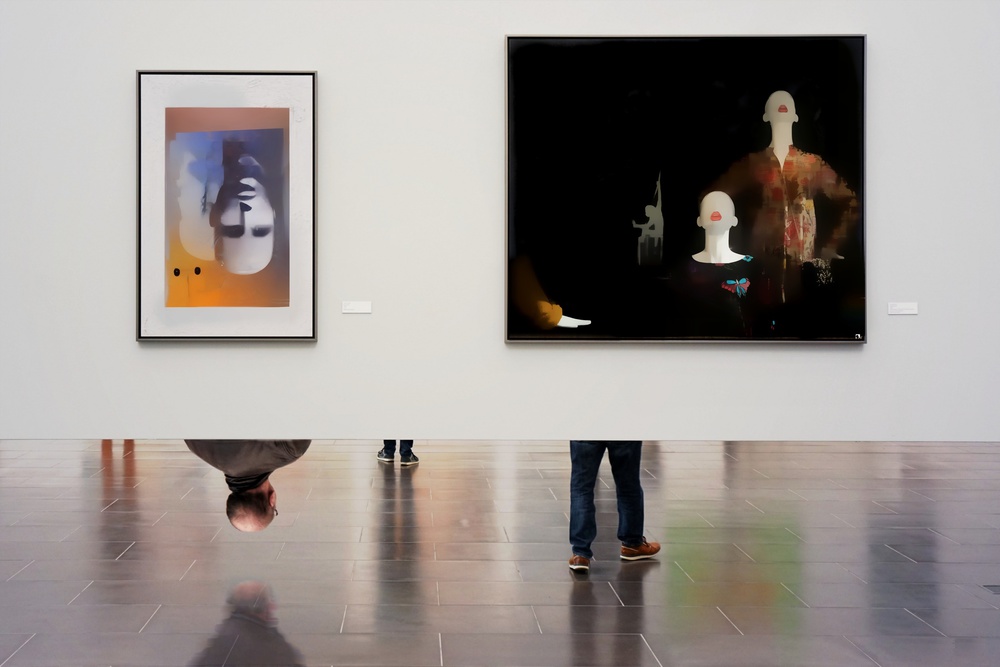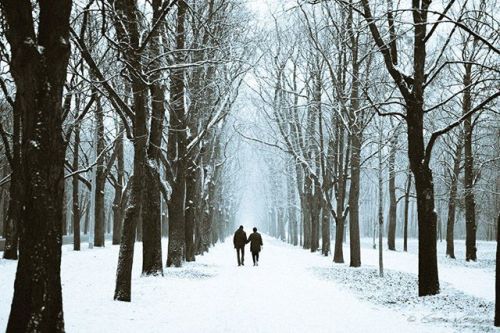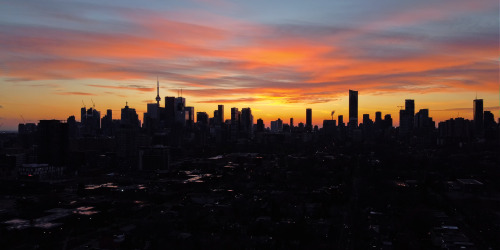Photographers
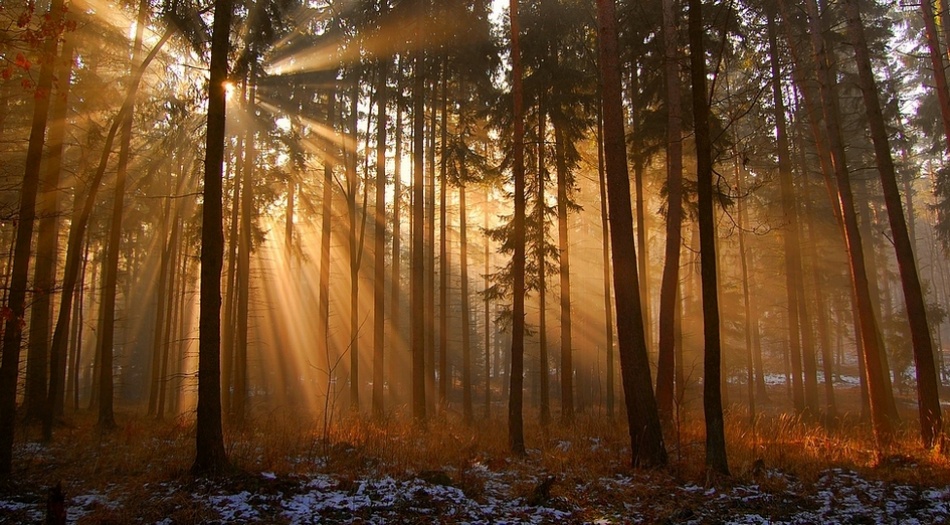
From Morning Dawn to the Night
1x Blog-Photographersby Editor Miro Susta
The time of day has a very important influence on light and photos under any specific lighting conditions. Each time of day offers a variable lighting that can grant the photographer a maximum of control.

'sunrise' by Michal Malinowski
Patience is a kind of passive control that allows the photographer to anticipate the angle and colour of light that best fits a scene. In this way, photographers are able to plan the shot of a day and gain the maximum creative effect for shooting landscapes, buildings, city life and photos of people.
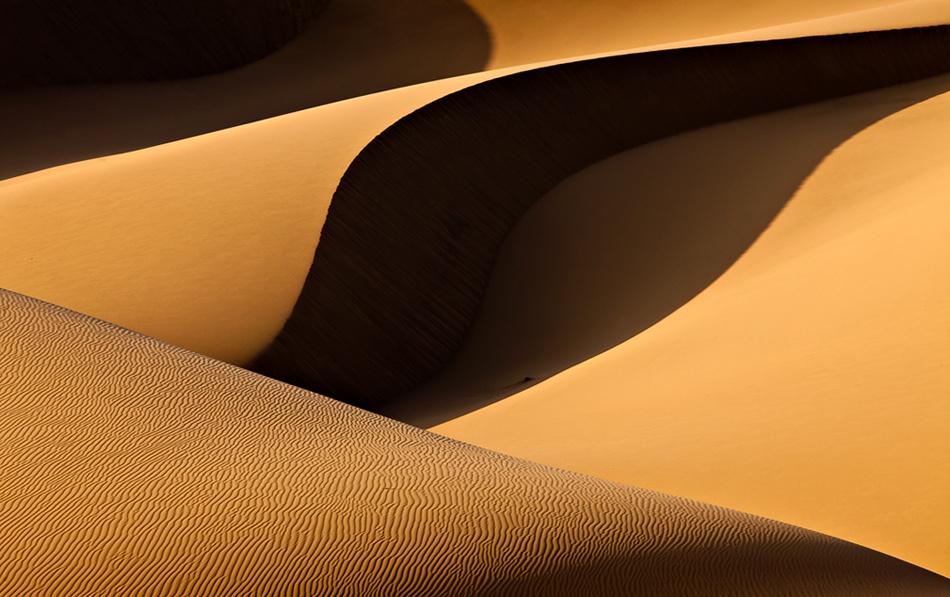
'Light or shadow' by Mohammadreza Momeni
The passage of the sun through the sky has a great influence on the quality of the light, especially the angle at which the light falls on the scene.
The origin of day and night is due to the rotation of the earth around its own axis. The earth rotates from east to west, so the sun rises in the east and sets in the west. On the side facing the sun is day. On the side facing away from the sun, however, there is night.
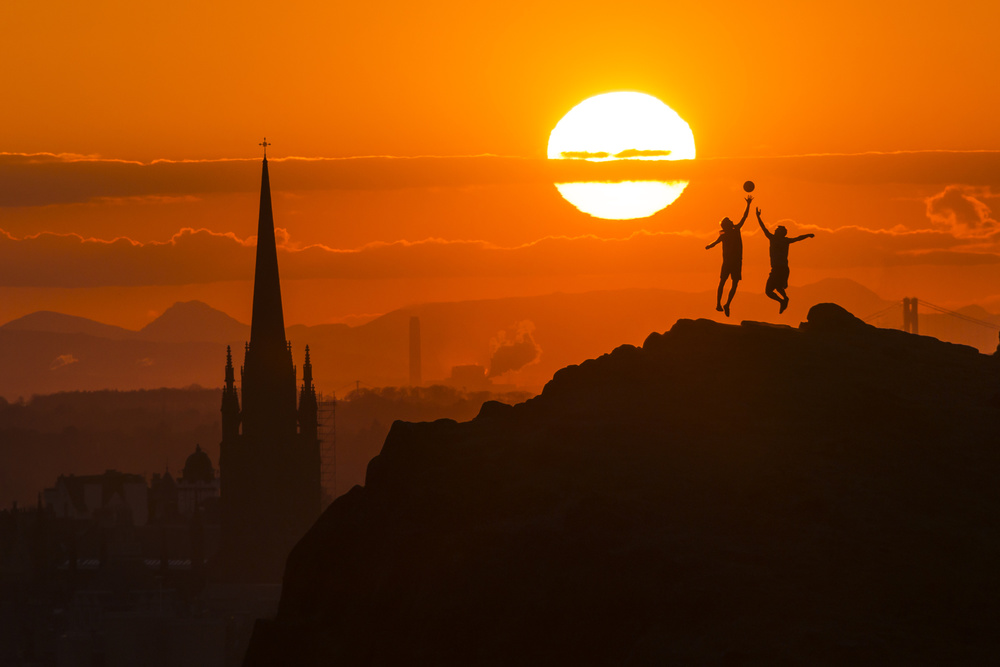
'Edinburg Tip Off' by Tom Duffin
In this article the day is divided into six zones of light, morning dawn, sunrise, daylight, sunset, evening dawn and night, each complemented by four to five photographs selected from 1x-gallery.
Morning Dawn
Morning dawn is the flowing transition between night and day. The further the sun moves away from a certain place, the less light radiation arrives.
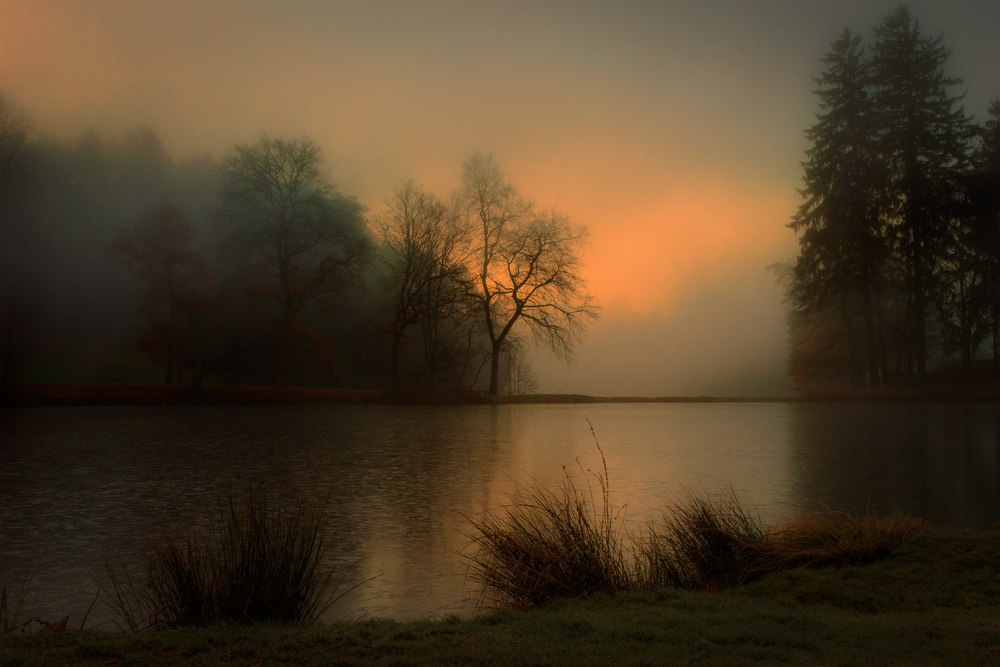
'Lovely Dawn' by Marek Boguszak
The duration of morning dawn depends on the distance to the equator. There is almost no morning dawn at the equator itself, as the solar path here is almost perpendicular to the horizon.
The farther we move away from the equator, the more pronounced the morning dawn process becomes. In the polar-regions, on the other hand, morning dawn lasts for several weeks.
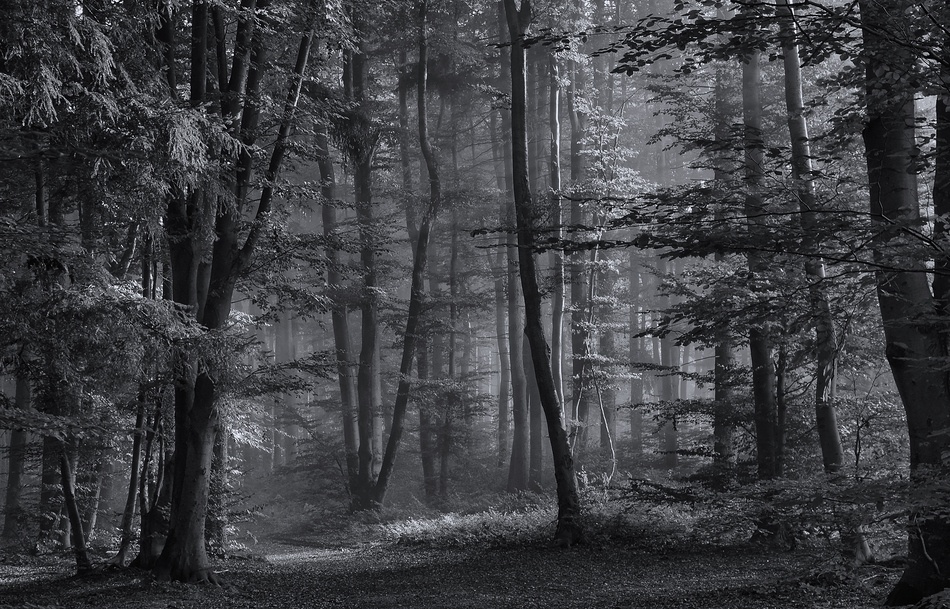
'Early Morning Walk' by Norbert Maier
Simply said, the morning dawn is the first visible indirect sunlight in the morning sky. The same phenomenon is also known as daylight shimmer, day grey, early light or simply becoming bright.
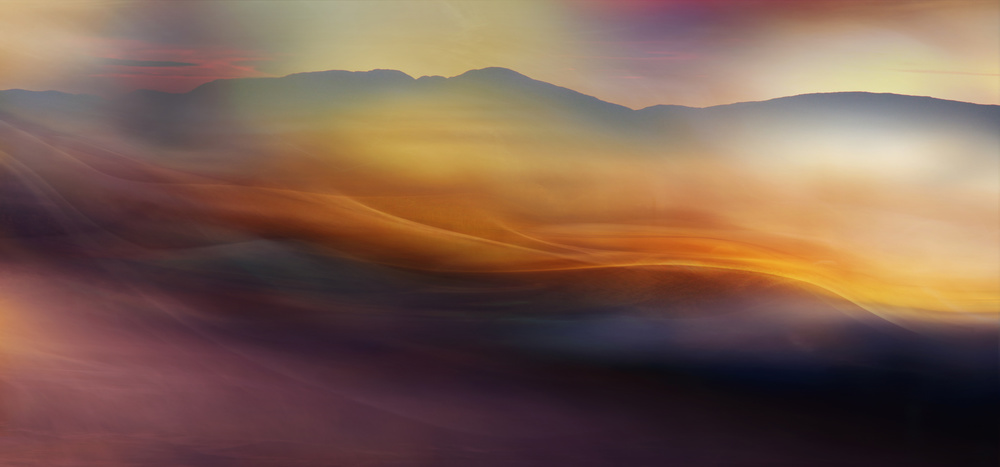
'When the morning wakes II' by Heidi Westum
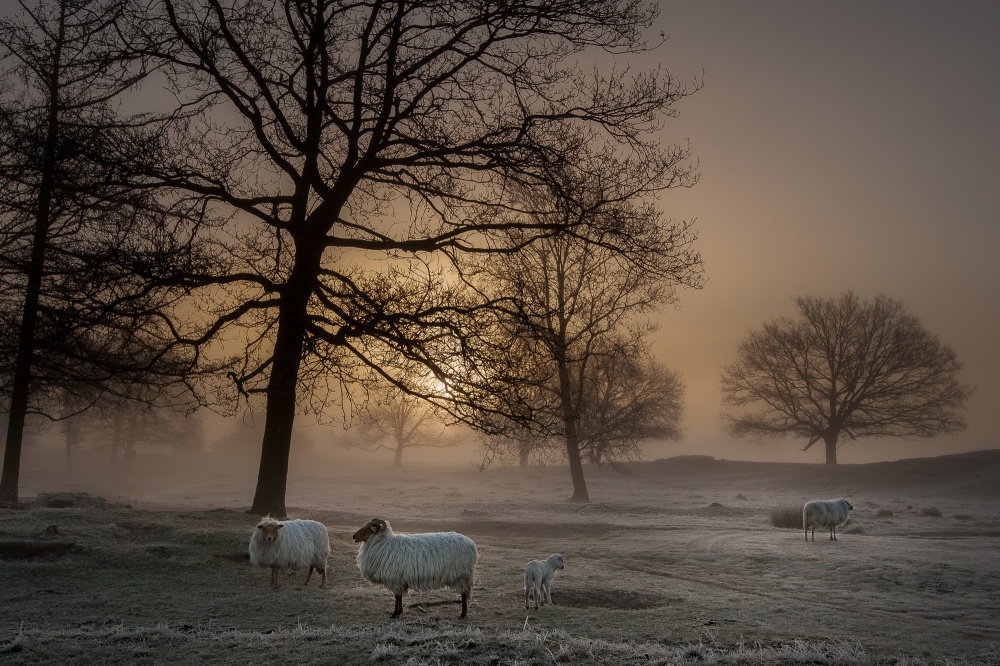
'Foggy morning by Piet Haaksma

'The tree and colourful sky' by Miro Susta
Sunrise
Everyone favourite is the warm, raking from a low sun within the first one to three hours of morning daylight. We call it “golden light”.
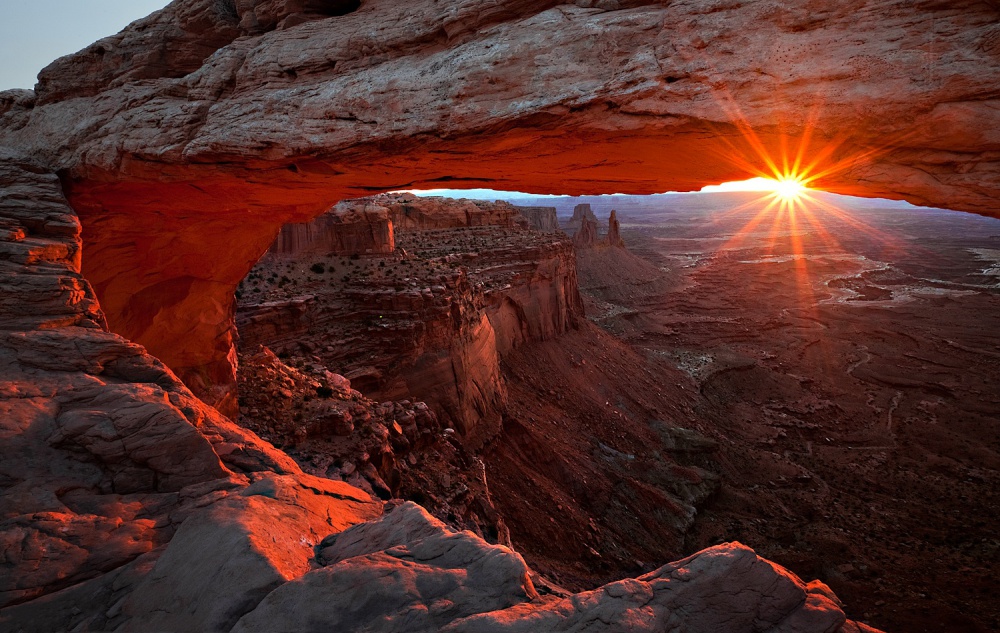
'Mesa Arch Sunrise' by Barbara Read
However, sunrises are more difficult to photograph than sunsets because the photographers don’t have daylight in which to anticipate where the sun will be on the horizon, and to see what mist or cloud cover there is.
Sunrise offers superb light for landscapes because it is raking angle texture and throws longer shadows.
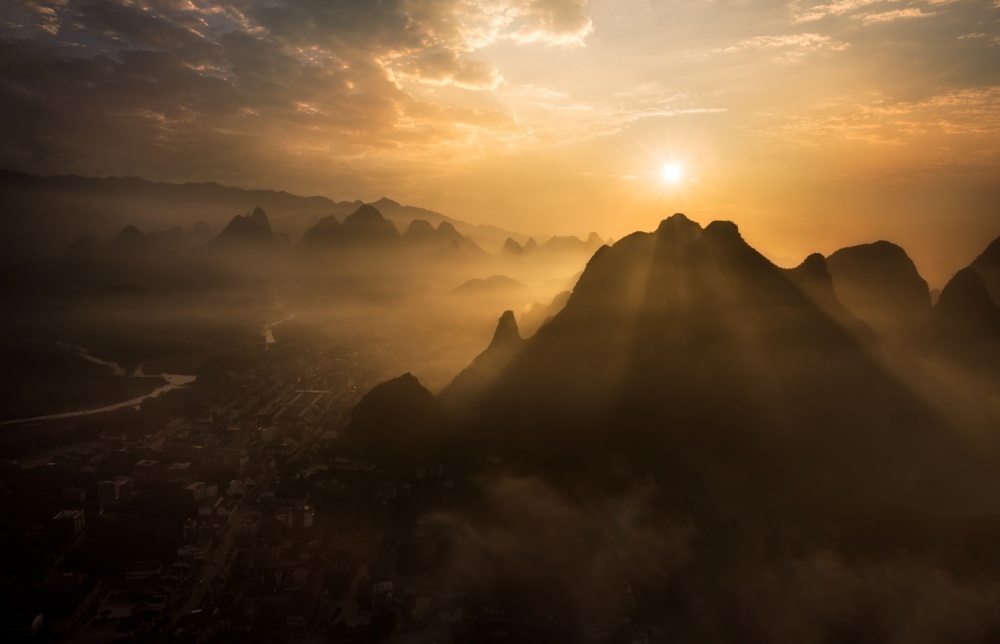
'Misty Sunrise' by Nadav Jonas
It is also very good for tallish subjects like people or buildings because it lights one side fully. The deep warmth of the golden light may be easy enhanced or moderated during processing. However, sunrises may be more peaceful than sunsets.
Daylight
Daylight, the period between sunrise and sunset, with sunshine, is considered the best photo weather - but where there is light, there is also shadow.
On sunny days the shadows are hellish black and the light is glistening bright.
The bright light paired with the dark shadows results in the "high contrast range" - a light situation that the camera can hardly master to this day.
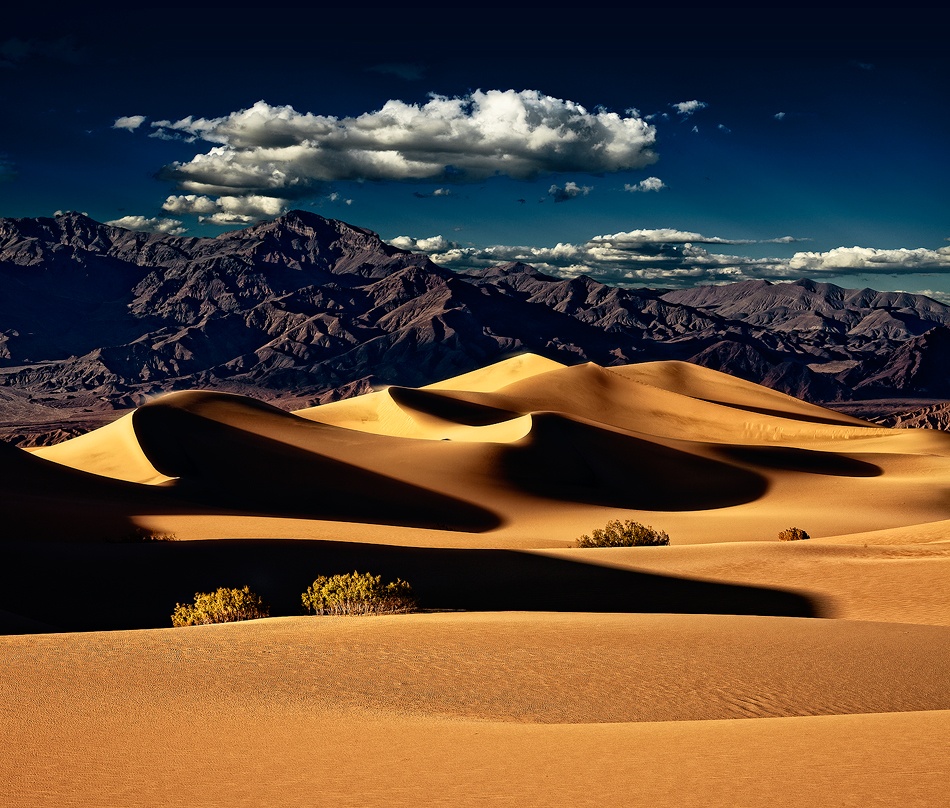
'Daylight Dreams' by Matt Anderson
As the sun rises higher, its colour becomes more neutral and the shadows it casts become smaller and usually denser, falling underneath objects, it makes landscapes rather flat.
Sunset
For dramatic colour in nature, nothing beats sunset, very popular with photographers.
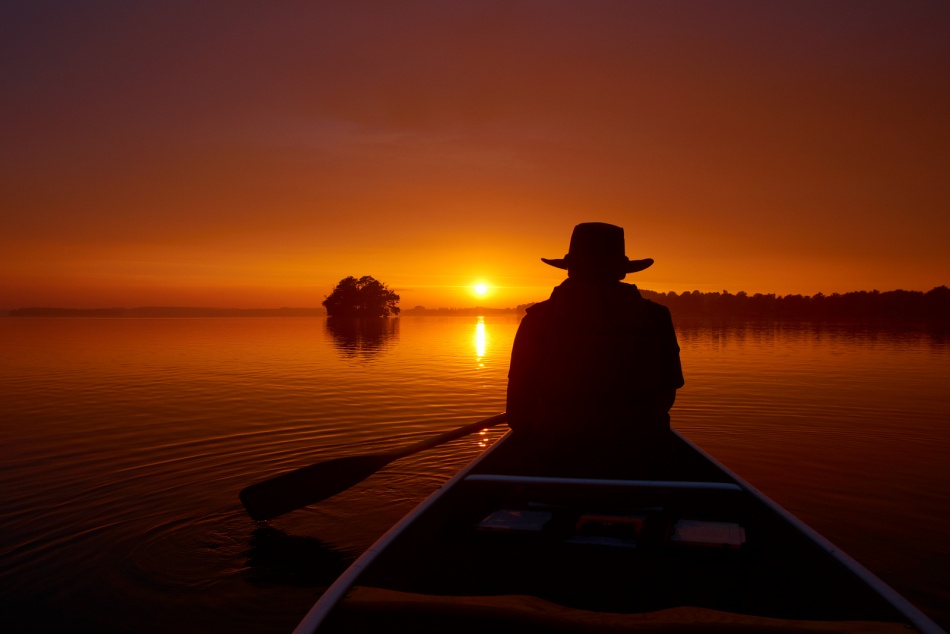
'lost in thought' by Dirk Juergensen
The same as sunrise also the sunset is offering plenty of warm golden light. Also sunset time is raking, depending on geographical region, one to three hours during late afternoon.
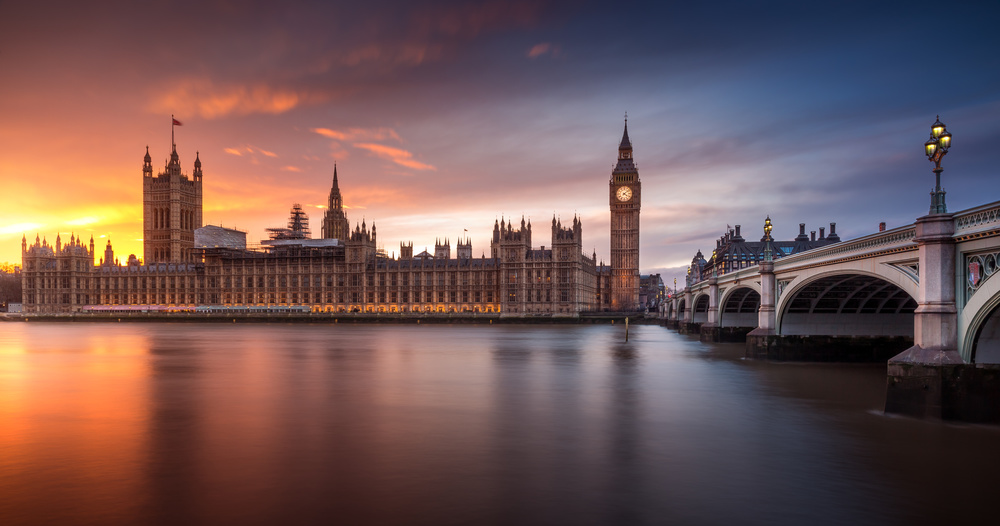
'London Palace of Westminster Sunset' by Merakiphotographer
Dusk-Twilight
The term dusk-twilight generally refers to the transition from day to night when the sun goes down and the light decreases. This change from day to night can even last several hours.
The dusk-twilight in the evening is due to the fact that the sun is so low that its rays only reach the uppermost layers of the air.

'An evening in mountains' by Swarnendu Ghosh
The dusk glow in the sky, and the sudden flash as high clouds light up red, are bonus events for the photographer.
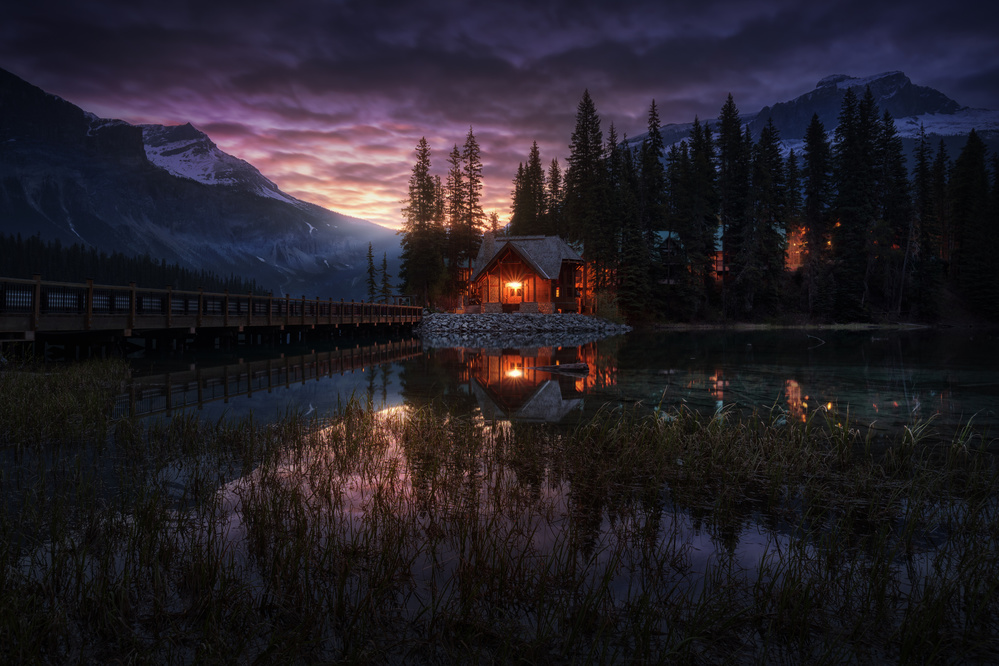
'La casita' by Juan Pablo de Miguel
Turning away from sunrise-sunset, dusk can have a dark softness that can be atmospheric. The colour temperature giving more natural blue cast.
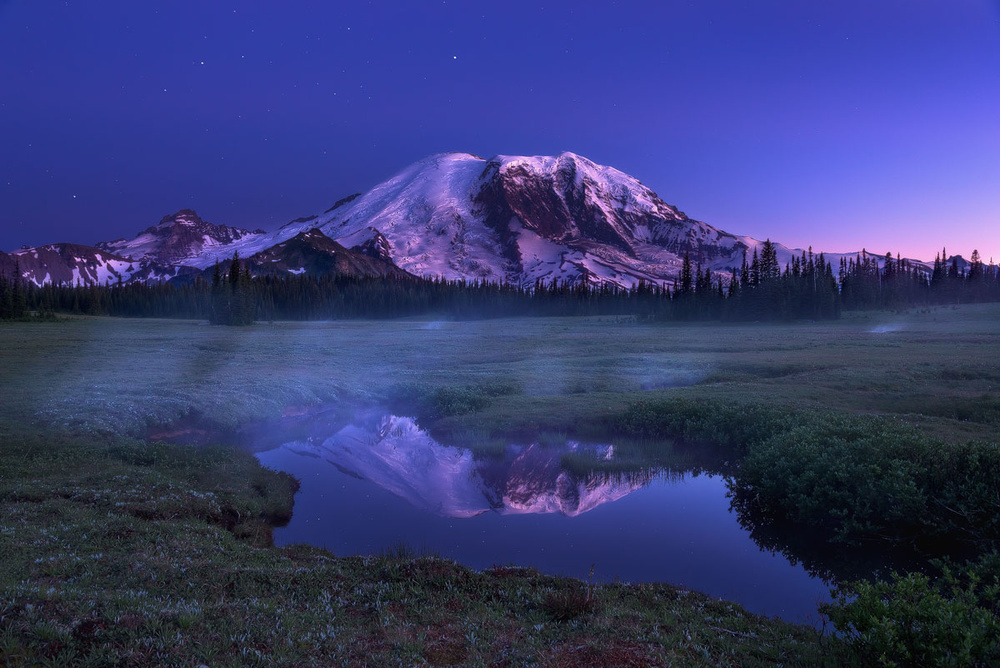
'Whispering night' by Jordan Ek
Night-time
There are two styles of night-time photography, controlled by ISO sensitivity and tripod-mounted long exposures or combination of both.
Star sky, northern aurora lights, light of cities and town at night are rich source of night-time imagery.
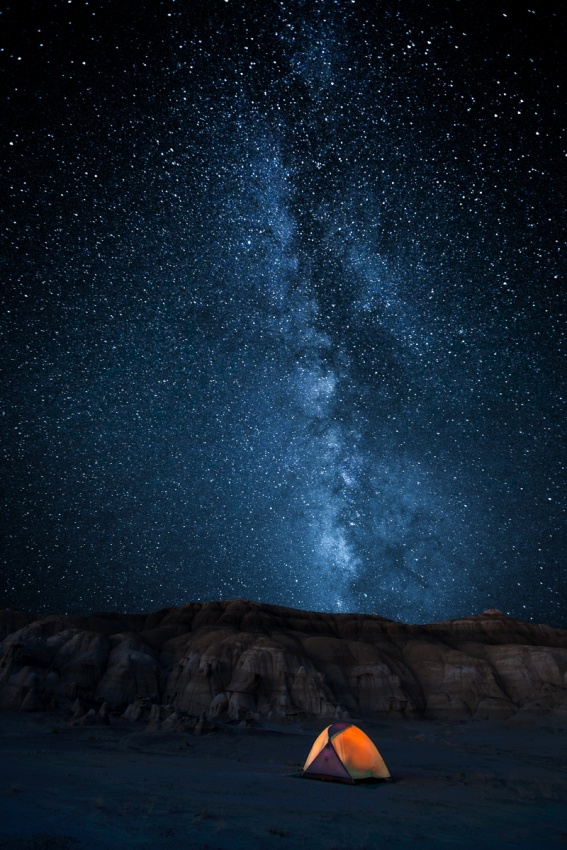
'The sky is my blanket' by John Fan
Contrast levels may be very high during the night, so the photographer may expect to have parts of the scene silhouetted or faded to blackness.
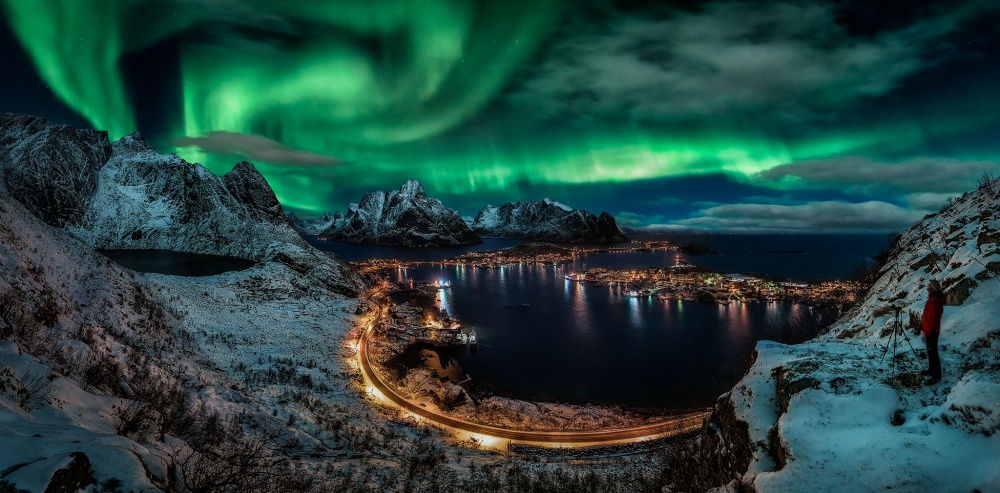
'Chasing the Northern Lights' by Javier de la Torre
Natural light can be more than just the factor governing how the photo scene is illuminated. Under some conditions it can also be striking enough to become the subject of the photograph. Light is what makes photographs happen, and most of the time it lies beyond photographer’s control.
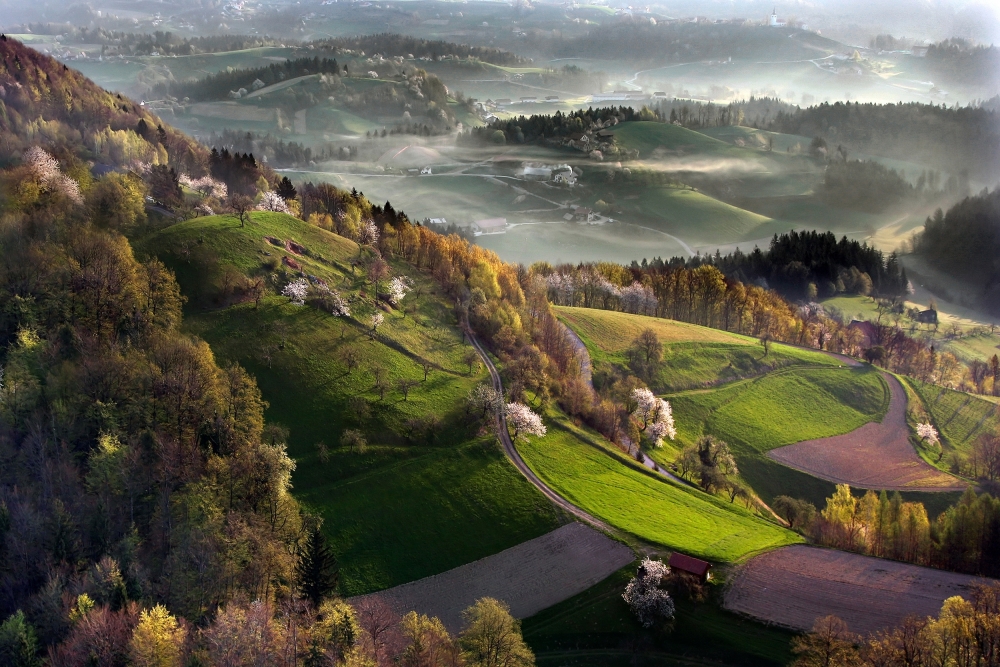
'Cherry trees' by Matjaz Cater
That is why it is very important to understand light’s effects and how it is such an essential element in taking an excellent photo.
. '

